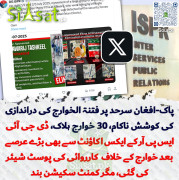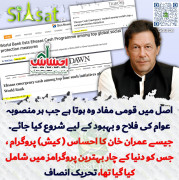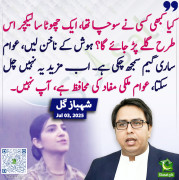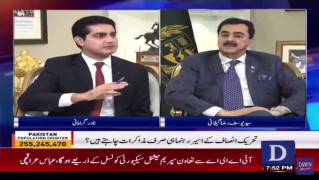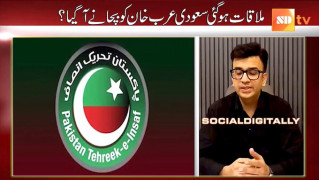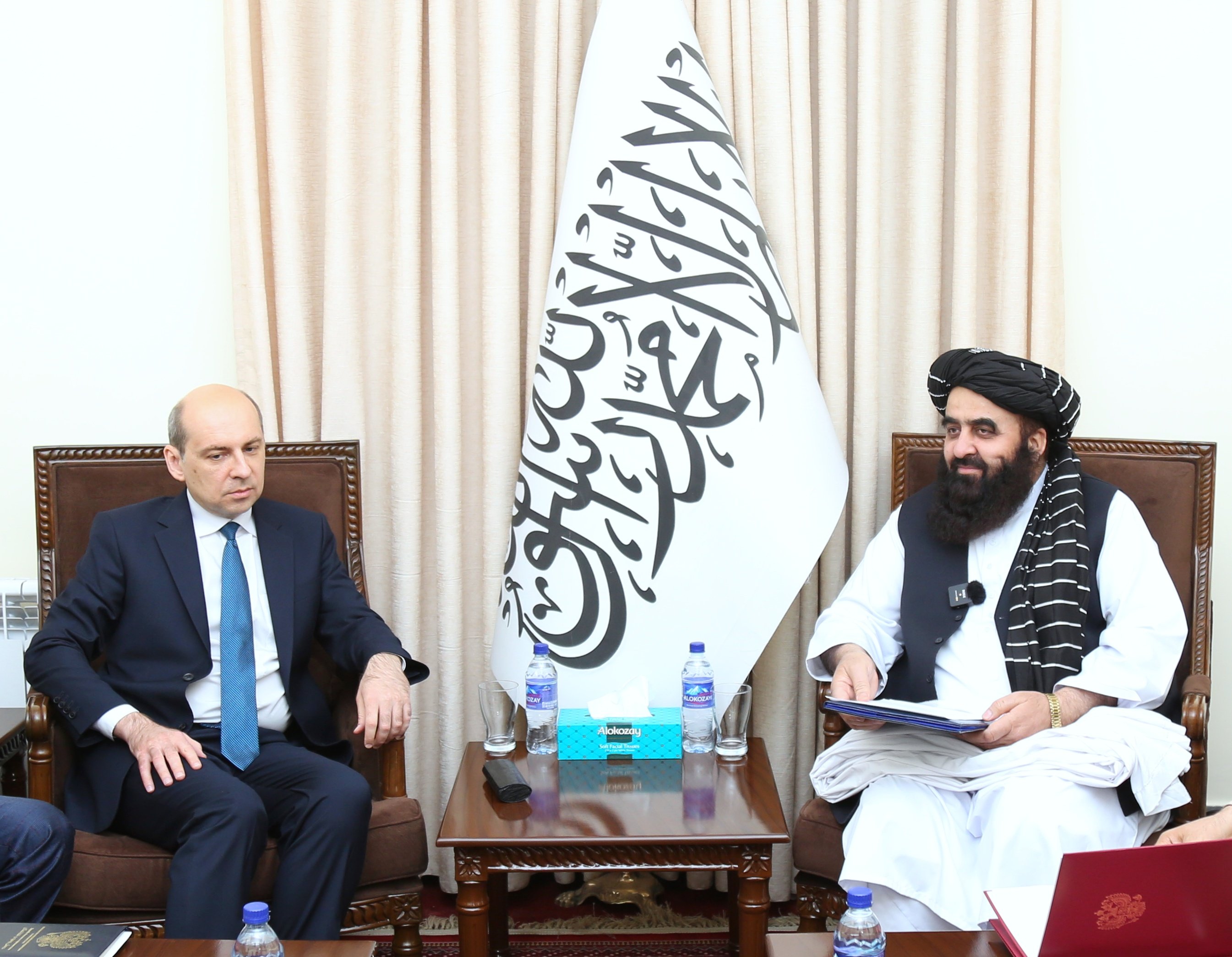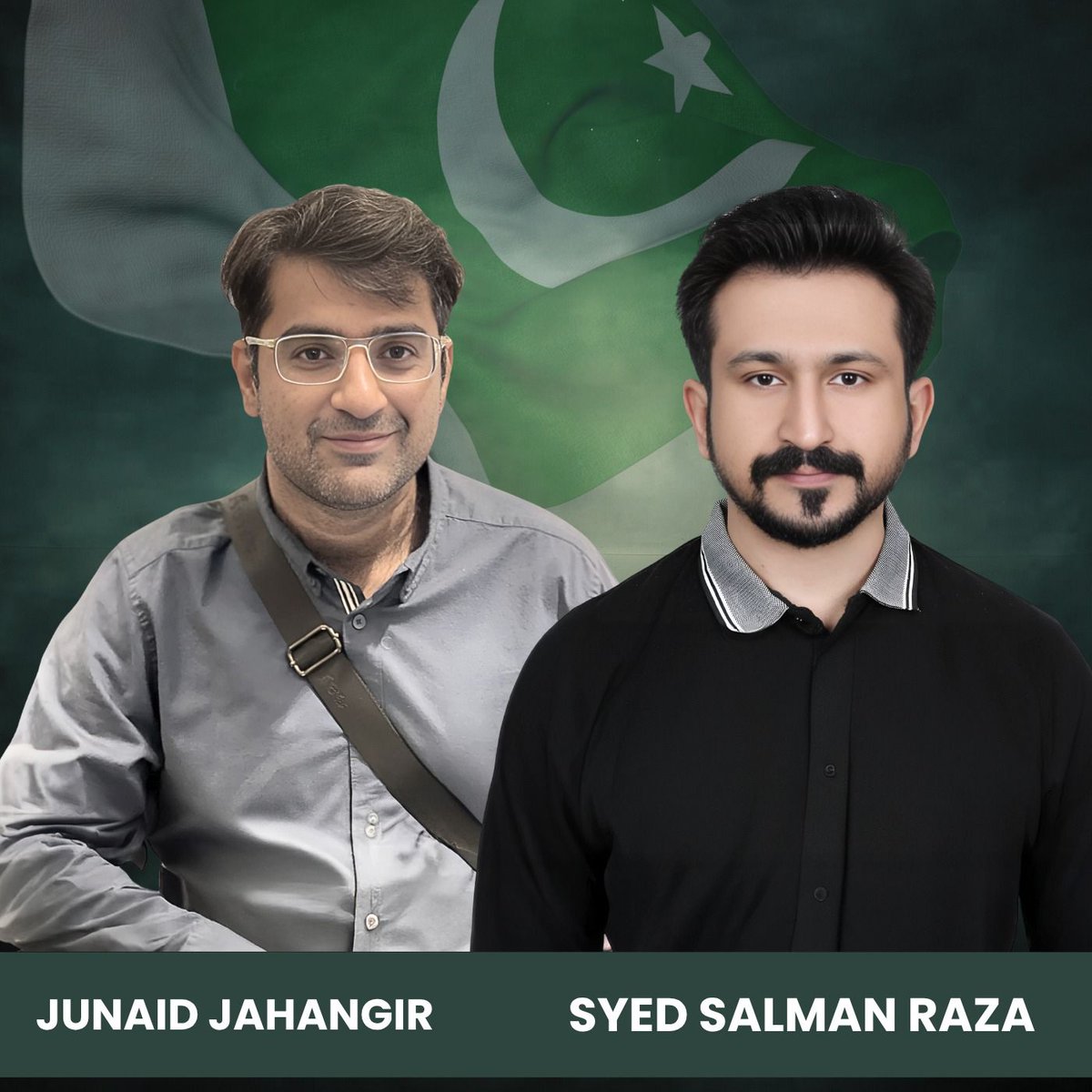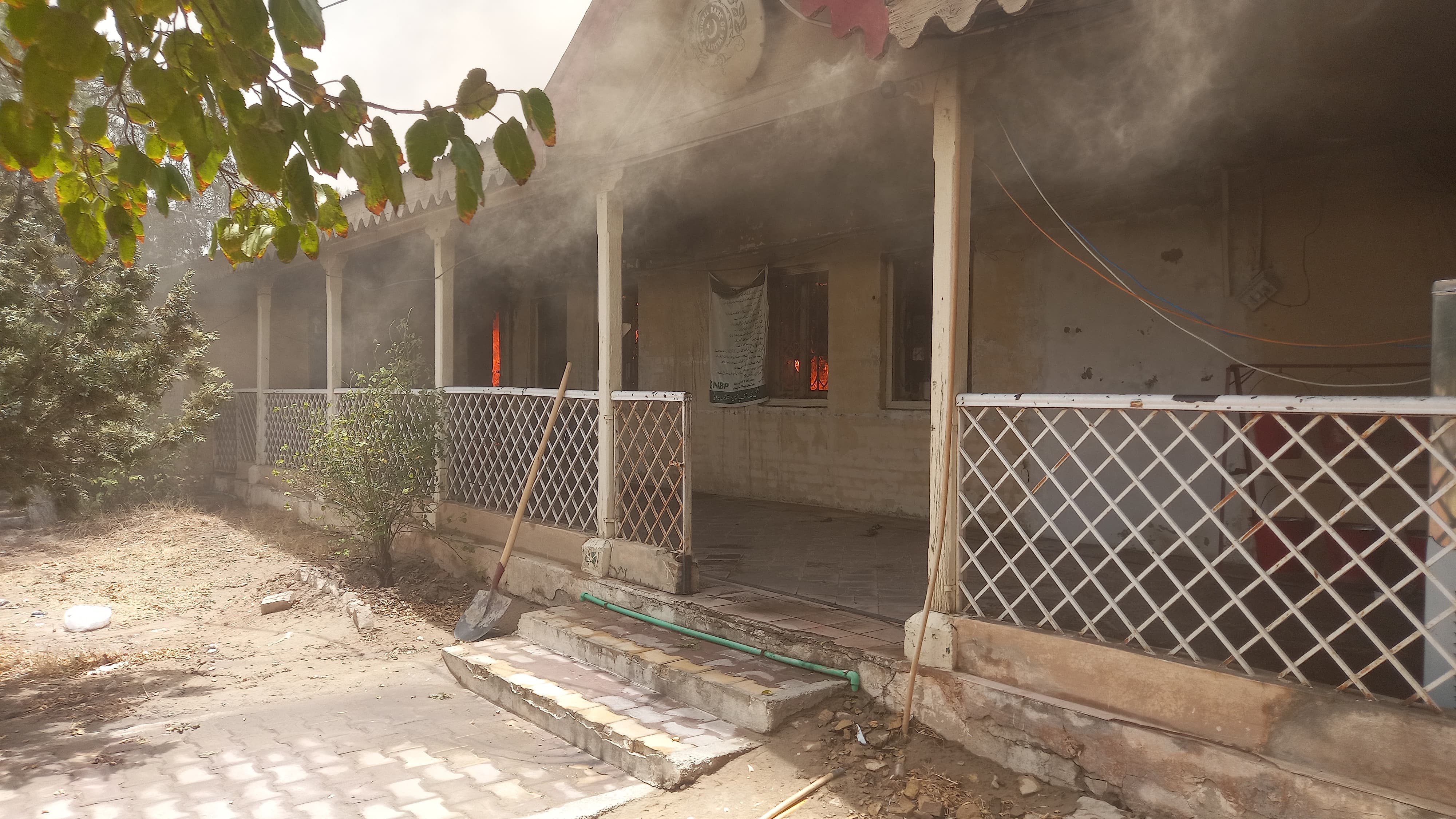Syria Special: Whos Important Within the Insurgencyand Who Funds Them
OUTSIDE THE FREE SYRIAN ARMY/SUPREME MILITARY COUNCIL
1. JABHAT AL-NUSRA and AHRAR AL-SHAM
Pierret opens with a key point that we have been stressing since the spring about the Islamist faction Jabhat al-Nusra: like the even-larger group Ahrar al-Sham, it has increasingly emphasized the Syrian, rather than global, character of its fight. That emphasis included a public break from the Islamic State of Iraq and as-Sham, defying the easy and misleading label of an Al Qaeda bloc taking over the insurgency.
Then Pierret gets to the key point about the real relationship with outside forces. While he can shed little light on who might be providing assistance to Jabhat al-Nusra, he offers details about the reasons for the strength of Ahrar al-Sham, as well as the potential for tensions:
The identity of [its] silent partners remains totally obscure to this day, but the idea that Gulf monarchs may support the franchise of an organization i.e. al Qaeda that brands them as apostates and waged an armed insurgency on Saudi soil a decade ago does not make sense.
As for Ahrar al-Sham, it has been funded from the onset by the politicized wing of the Kuwaiti Salafi movement. [That movement's] ideologue Hakim al-Mutayri holds views that are particularly abhorrent to Saudi rulers, namely a curious mixture of political liberalism, Jihadi-like anti-Westernism, and hostility to Gulf regimes.
Saudi authorities, which have banned private fund-raising campaigns in favor of Syrian insurgents, have also actively opposed attempts by politicized Kuwaiti Salafis at using their relatively liberal homeland as a hub for Saudi donations to their favorite armed factions in Syria.
2. THE SYRIAN ISLAMIC FRONT
Pierret sees the Syrian Islamic Front, of which Ahrar al-Sham is a leading member, as the most credible hard-line Salafi opponent to the regime. Beyond that label is a specific note of interest about foreign backing:
The group seems to have benefitted from increasingly warm relations with Qatar recently, probably as a reaction to Saudi Arabias success in buying FSA-aligned factionsout of Dohas sphere of influence. In Idlib province, Ahrar al-Sham and its (loosely) FSA-affiliated Salafi partner Suqur al-Sham have made intensive use of Russian-made Konkurs, anti-tank missiles purchased in Libya by Qatar.
3. ISLAMIC STATE OF IRAQ AND AS-SHAM
But what of the Islamic State of Iraq and as-Sham, the group which has increasingly pre-occupied many observers with its role in the conflict, especially in northern Syria?
Pierret says little about the faction, beyond its break with Jabhat al-Nusra and the claim that its trans-national rather than local emphasis is causing its difficulties with its idiosyncratic project of state-building:
This has resulted in an unimpressive record of military confrontation with the regime, [a] rigid and at times brutal implementation of an Islamic lifestyle upon the population, and increasingly tense relations with the proponents of competing projects of state-building, namely the FSA and Kurdish nationalists.
Pierret also does not mention Jaish al-Muhajireen wal Ansar, led by the Chechen-born Abu Omar al-Shishani, which received much media attention during last weeks final stages of the capture of Menagh Airbase.
INSIDE THE FREE SYRIAN ARMY/SUPREME MILITARY COUNCIL
1. THE SYRIAN ISLAMIC LIBERATION FRONT
Interestingly, Pierret says little about the headline elements of the Free Syrian Army, namely the Supreme Military Command under General Salem Idriss. Instead, he focuses on other parts of the FSA, include the Syrian Islamic Liberation Front.
Initially, Pierret notes, the SILF was bolstered by the funding of Muhammad Surur Zayn al-Abidin, an Amman-based Syrian activist who inspired the Sahwa (Awakening) movement that challenged the Saudi monarchy in the early 1990s. Saudi hostility towards the effort was reinforced by conflict with the Syrian Muslim Brotherhood.
2. OTHER BRIGADES
This is where the story gets complicated, however, demolishing any notion of a single Free Syrian Army.
Because of its suspicion of the SILF, Saudi Arabia supported other initiatives to organize the FSA under the aegis of defector officers rather than of the civilian volunteers that run most Islamist groups. These included the Revolutionary Military Council, the Syrian National Army, as well as Idrisss Supreme Military Command.
Even more interesting, however, is Pierrets indication that the Saudis spread their bets on the ground through the provision of arms to a range of groups, sometimes loosely affiliated to the FSA these weapons overwhelmingly empowered FSA-affiliates such as the Yarmuk Brigade, the Fajr al-Islam Brigade, and the Omari Brigade.
Pierret says that these supplies supported insurgent advance in the south and continues:
Arms deliveries from Jordan have also enabled the rebels to withstand the pressure of loyalist forces around Damascus. In that region too, hardline Salafis are minor players, with the insurgent scene dominated by FSA-affiliates like the Maghawir Forces, the Shuhada al-Islam Brigade, the Sufi-leaning al-Habib al-Mustafa Brigade, and the Salafi al-Islam Brigade.
And then he adds the significant note a striking contrast to the narrative that foreign fighters have commanded recent operations in the north:
Mainstream insurgents have also been on the rise in the north, where the sieges of the air bases of Abu al-Zuhur (Idlib), Menagh, and Kwayris (Aleppo) have been dominated by groups like Ahfad al-Rasul, Shuhada Suriyya, the al-Fath Brigade, the Asifat al-Shamal Brigade, the Nur al-Din Zanki Battalions and the Abu Bakr al-Siddiq Brigade.
Although members of the [Islamic State of Iraq and as-Sham] led the final assault on Menagh in early August, what brought the nine-month siege to an end was the destruction of the tanks defending the base with Chinese HJ-8 guided missiles provided by Saudi Arabia to moderate factions.The new weaponry allowed insurgents to neutralize the regimes armored units in the region and to launch a successful offensive on Khan al-Asal, a strategic location that commands the entrance of the regime-held part of Aleppo.
Other major recipients of Saudi-funded weaponry in the area are the Nur al-Din Zanki Battalions, whose successive affiliations illustrate the capacity of Saudi state funding to extract rebel factions out of the Jihadi nexus.
3. THE SUPREME MILITARY COMMAND AND GENERAL IDRISS
But what of Pierrets relative neglect of the moderate Free Syrian Army backed by the US and European allies and heavily-promoted by US-based advocacy groups under General Salem Idriss?
Is it an oversight or does it bring out the point that, with the US reluctant to back over arms supplies, it is the Saudi-backed brigades within the FSA which are taking the key role in the insurgency?
IMAGE: Free Syrian Army commander Abdul Jabbar al-Oqaidi and the Islamic State of Iraqs Abu Jandal after the capture of the regimes Menagh Airbase last week
Source:
http://eaworldview.com/2013/08/syri...portant-in-the-insurgency-and-who-funds-them/
Now Compare above with Current TTP Activity in Pakistan.... does it not relate same behaviour? Technically we know who is financing and supporting Terror in Pakistan.




